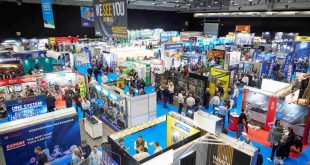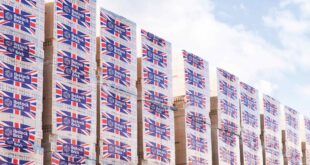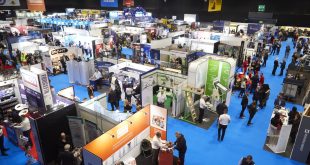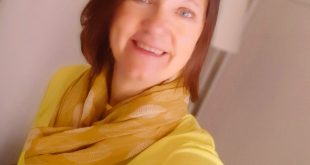When we are old and these rejoicing veins
Are frosty channels to a muted stream,
And out of all our burning there remains
No feeblest spark to fire us, even in dream,
Occasionally, when I’m on the Tube, I look around me and wonder how it was ever thought OK to smoke down there. The 1987 Kings Cross fire was started by a carelessly discarded match onto a wooden escalator (despite smoking having been banned on the Underground three years previously) and fuelled by a number of elements – a build-up of grease and paint layers, the angle of the escalators, the fact so many of them were wooden – to create an inferno underground that killed 31 people.
In a few years’ time will we look at social housing tower blocks and wonder how we ever though it would be a safe option to cram so many people into living accommodations that can basically ac as chimneys?
We are still a long way from finding out what was behind last year’s awful fire at the Grenfell Tower in West London and its tragic consequences. In Parliament yesterday (February 5) John Healey MP, Shadow Secretary of State for Housing, asked the new Housing Minister Dominic Rabb to comment on the fact that the BRE has withdrawn the test results from its website of the type of insulation used in the tower’s cladding system. The BRE has done so at the request of Celotex, whose PIR rigid board insulation product RS5000 was used as part of the rainscreen cladding system in the refurbishment of Grenfell Tower. The company has found that there were differences between the way the system was tested and the way the results were described.
A statement issued by Celotex last week stated: “The company has been conducting a detailed review of the way RS5000 was tested and marketed. The current management team has only recently determined that there were differences between the system as tested for BS 8414:2 and the description of that system in the report of the test. These differences were carried through into our marketing of RS5000. We took the decision to suspend supply shortly after the tragic fire at Grenfell Tower and this suspension remains in place. Our priority is to establish whether there are any safety issues arising from these differences. We have notified the relevant bodies and are taking steps to speak with our customers. We understand that in August 2017, a sample of the same product was used in a full rainscreen cladding system that passed the DCLG 1 test 2. Nevertheless, we are arranging further testing which will assist in clarifying the issue.”
Healey yesterday described the national testing regime as “in tatters” and, indeed insulation company Rockwell has questioned some of the methodology of the fire tests, however, I still suspect that the fire at Grenfell was, like Kings Cross, the culmination of a number of elements, actions and inactions, all of which combined with catastrophic consequences.
I know we now live in something of an ‘it-went-wrong-so-it-must-be-someone’s-fault’ culture, fuelled, no doubt, by the notion of where-there’s-a-blame-there’s-a-claim. However, in instances like this, it’s surely far, far more important to find out, what went wrong, why and how it went wrong, but crucially, how do we prevent it from ever, ever happening again.
 Builders Merchants Journal – BMJ Publishing to Builders Merchants and the UK merchanting industry for more than 95 years
Builders Merchants Journal – BMJ Publishing to Builders Merchants and the UK merchanting industry for more than 95 years



